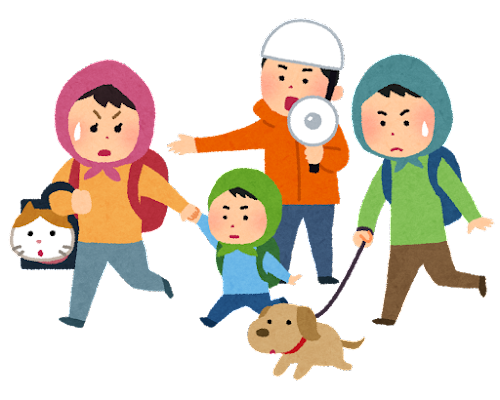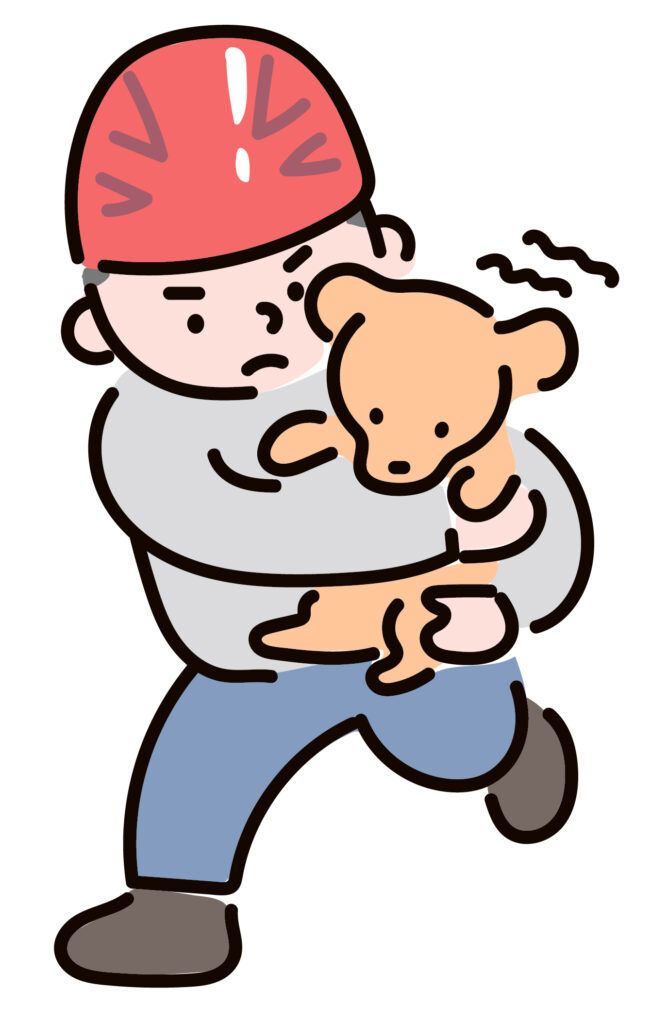
Ensuring the safety of your pet during an earthquake is a crucial responsibility for all pet owners. In the event of a sudden and unpredictable event, it’s essential to have a plan in place to keep your furry companion safe and secure. This guide provides comprehensive information on how to evacuate with your pet effectively during an earthquake.

1.Preparation is Key
Before an earthquake strikes, taking proactive measures can significantly enhance your ability to protect your pet. Here are some essential steps to consider;
Microchipping and ID tags: Ensure your pet is microchipped and has a collar with up-to-date ID tags, including your contact information. This will help identify your pet if they become separated during an earthquake.
Secure transportation: Keep a sturdy carrier or crate readily available for transporting your pet. Practice acclimating your pet to the carrier regularly to minimize stress during an evacuation.
Emergency supplies: Prepare an emergency kit for your pet, including food, water, medications, bowls, litter box, and waste bags. Store this kit in an easily accessible location.
Identify pet-friendly shelters: Research and identify pet-friendly shelters or hotels in your area. Keep a list of these facilities handy for quick reference during an evacuation.
2. Evacuation Procedures
When an earthquake occurs, follow these steps to safely evacuate with your pet:
Remain calm: Your pet will sense your emotions. Stay calm and reassure your pet to minimize their anxiety.
Secure your pet: Immediately secure your pet in their carrier or crate. If you cannot locate the carrier, use a leash and harness to safely restrain your pet.
Evacuate promptly: Follow your established evacuation plan and proceed to the designated safe location. Prioritize your safety and the safety of your pet.

Check for injuries: Upon reaching the safe location, carefully inspect your pet for any injuries. If you notice any signs of distress, seek veterinary attention immediately.
Stay informed: Keep updated on local news and emergency announcements regarding the earthquake and potential aftershocks.

3.Additional Tips;
Consider leash training: Train your pet to walk calmly on a leash, even in unfamiliar or stressful situations. This will make it easier to control your pet during an evacuation.
Practice emergency procedures: Regularly practice evacuation drills with your pet to familiarize them with the process and reduce stress during an actual event.
Know your pet’s behavior: Understand your pet’s typical reactions to stressful situations. This will help you anticipate their behavior and respond appropriately during an earthquake.

Be prepared for separation: In extreme circumstances, you may need to temporarily leave your pet behind. Ensure they have access to food, water, and a safe shelter.
Seek support: If you encounter challenges during an evacuation or require assistance with your pet, don’t hesitate to seek help from neighbors, emergency personnel, or animal shelters.
By following these guidelines and taking proactive measures, you can significantly enhance your pet’s safety and well-being during an earthquake. Remember, preparation and a well-thought-out plan are crucial for ensuring the safety of both you and your beloved furry companion.

・Guide dogs, assistance dogs, and hearing dogs are allowed to evacuate with their handlers.
・When evacuating with a pet, we recommend checking the latest information on your local government's website or in disaster preparedness manuals.